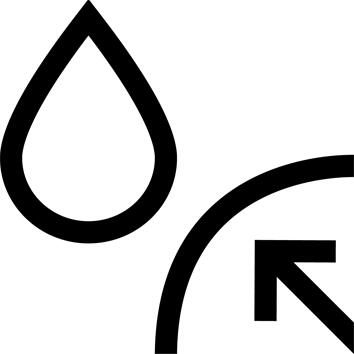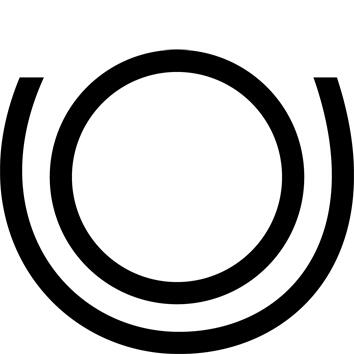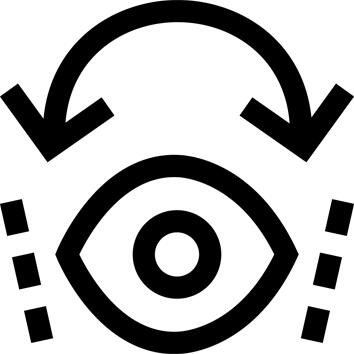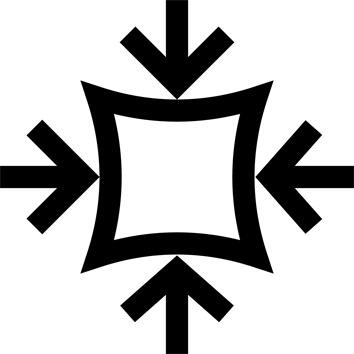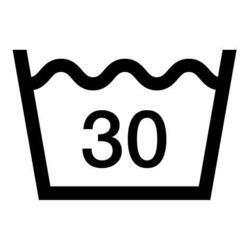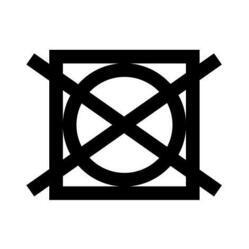HOW IS THIS PONCHO SUITED TO URBAN MOBILITY?
Loose-fitting, so you can wear this poncho over your everyday jacket and a 20-liter backpack.
Unisex cut, with coverage from head to knees.
Elasticated hands and thighs provide a secure fit.
Helmet can be worn above or below the hood.
Stows in its pouch (front pocket): 28cm x 24cm x 6cm.
HOW TO STAY DRY?
Even though the poncho provides excellent protection for your upper body (from head to knees), it's essential to combine it with overtrousers to protect your legs from the rain. Unfortunately, ponchos don't protect shoes, which can prove fatal in heavy downpours. The advantage, however, lies in the ease with which the rainwear can be slipped on and stowed in the bike panniers. Transform yourself in seconds!
WHAT TESTS DO WE USE TO GUARANTEE PONCHO WATERPROOFNESS?
This poncho is waterproof thanks to the resistance and coating of its component and its waterproof bands.
The resistance of a fabric to water pressure is measured in mm water column (test based on ISO 811). Our component withstands the pressure exerted by 2000 mm of water. The finished product is validated by a shower test carried out in our laboratories under a rainfall of 60 l of water/h/m² for 2 hours, i.e. average rainfall conditions.
WHAT DOES STANDARD VISIBILITY MEAN?
This poncho, certified for DAY VISIBILITY (EN17353 standard), allows cyclists to be visible when riding at night, thanks to the reflective elements.
The position of the visibility elements has been designed with the cyclist's needs in mind, guaranteeing visibility of 50 meters at night in the presence of car headlights.
COMPONENT BREATHABILITY
Enduction hydrophile (RET=12) : limite la condensation dans le vêtement.
Pour savoir si un tissu est respirant, on mesure sa résistance évaporative RET (test basé sur la norme ISO 11092). Plus la résistance est faible, plus le tissu laisse s’échapper la vapeur d'eau générée par le corps en activité, et donc, plus il est respirant. Par exemple : RET < 9 = tissu extrêmement respirant / 9 < RET < 12 = tissu très respirant / 12 < RET < 20 = tissu respirant / RET > 20 = tissu peu ou pas respirant.
